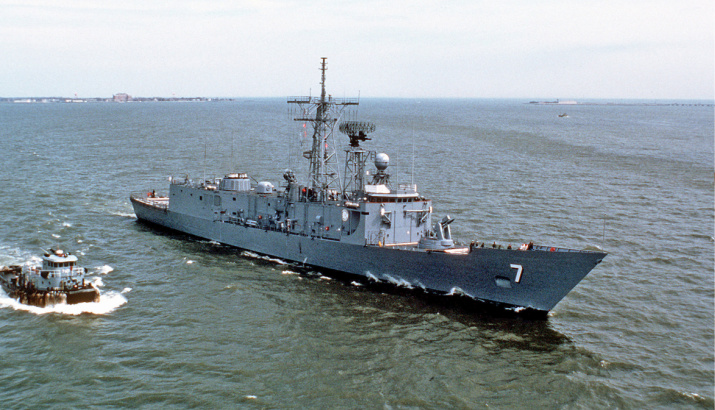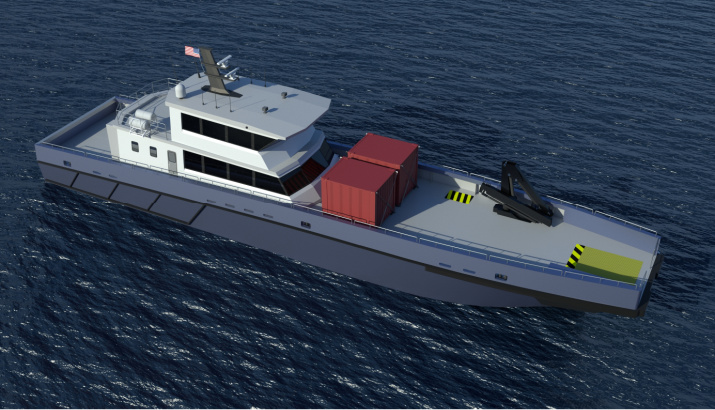Structural Engineering

Our structural engineering capabilities range from preliminary design drawings, including midship section and scantling arrangements, all the way through detailed design and post-delivery engineering change proposals. Our team of structural engineers ensures that our designs are structurally sound and feasible and that we are able to deliver excellent solutions to our customers.
Our advanced solutions begin with advanced tools. The G&C structural engineering team utilizes industry-leading tools like Finite Element Modeling and Postprocessing (FEMAP), NASA Structure Analysis (NASTRAN), and Dynamic Design Analysis Method (DDAM) to build reliable virtual models to visualize components, assemblies, and systems. These tools help reduce costly prototyping and testing and allow us to evaluate all design options, resulting in an optimized ship structure and lower cost to our customers.
In order to meet our client’s individual needs, Gibbs & Cox’ designs are always developed in accordance with each ship owner’s specifications, which consist of a governing rule set and numerous governmental and industrial specifications and standards.
Gibbs & Cox designs U.S. naval military ships using the Naval Combatant Design Specification or the specific Ship Class System Specification as the governing rule set. These specifications are combined with the additional design criteria set forth in the contract. Other criteria may include NAVSEA Contract Drawings and Contract Guidance Drawings, U.S. Navy Design Data Sheets, U.S. Navy Design Practices and Criteria documents, U.S. Government Specifications, U.S. Government and Industry Standards, and Installation Control Drawings and Interface Control Drawings. For special craft, there may be a different governing rule set, such as ABS Rules for High Speed Naval Craft. We follow similar processes and specifications when designing vessels for international clients, but rules and requirements change from country to country.

Gibbs & Cox also develops designs of non-military naval ships and commercial vessels in accordance with the ship owner’s requirements. However, these requirements include a selected Classification Society rule set, such as the American Bureau of Shipping (ABS) Rules for Steel Vessels, Bureau Veritas, Lloyd’s Register Rules and Regulations for the Classification of Ships, DNV GL Rules for Classification of Ships, or any other Class Society of their selection. Classification Society rules also reference industry specifications and standards that must be followed. Additionally, there are governmental and international regulations that must also be followed, including the U.S. Code of Federal Regulations, USCG COLREGS, SOLAS and IMO standards or foreign equivalent.

In order to ensure that we capture and deconflict each requirement during the design period, G&C rigorously traces all the requirements by work element at the start of each design phase (preliminary through detail design).

Preliminary Design Products
Contract Design Products
Post Delivery Products
Detailed Design Products
